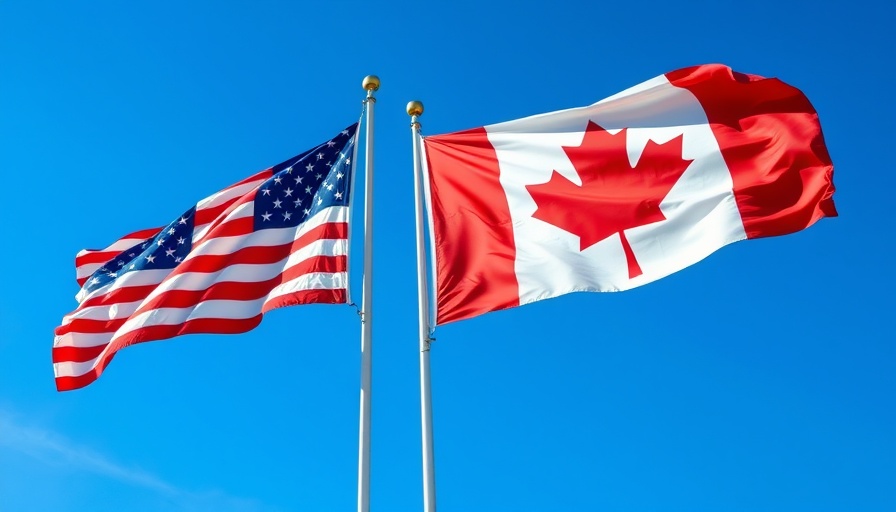
Understanding the Growing Security Measures at Borders
The experience of David Steinebach, a Langley resident, sheds light on the evolving security landscape at the Canada-U.S. border. As he returned from a routine trip to Lynden, Washington, his vehicle was unexpectedly stopped by U.S. Customs and Border Protection (CBP) officers. Steinebach's account, where he noted a comprehensive inspection of his vehicle without any clear rationale, highlights a rising trend of heightened border security.
What Prompted This Increased Surveillance?
Heightened security measures are often implemented in response to national threats, changes in policy, or even particular events that raise concerns among border officials. While the CBP did not disclose specific motivations for increased checkpoints in this instance, increased inspections could reflect aggressive strategies against trafficking or unlawful border crossings. This aligns with patterns observed in other regions where authorities have bolstered their efforts to deter potential illegal activities.
Community Reactions: Discomfort and Confusion
For many residents like Steinebach who frequent the border, these experiences can be unsettling. "It was just very strange, the whole incident," he remarked, expressing confusion over the invasive nature of the search. Such encounters may raise broader questions about privacy, the balance of security, and the rights of individuals traveling between nations. While many travelers understand the necessity for security, they may find the execution troubling, especially when searches feel disproportionate to the reasons behind them.
History of Border Security Changes
Over the years, cross-border travel protocols have fluctuated based on geopolitical climates, with notable transformations in the wake of significant events such as 9/11. The implementation of the Nexus program, designed to expedite passage for low-risk travelers, illustrates efforts to streamline the experience while still maintaining vigilance. However, as seen in Steinebach's case, it also shows that no traveler is immune from extended scrutiny, sparking discourse about whether such measures enhance or infringe upon a traveler’s experience.
The Implications for Travelers Moving Forward
Travelers may need to adjust their expectations regarding border crossings as the landscape continues to evolve. Increased checks could become a common occurrence, necessitating preparations for delays and more thorough inspections. Understanding the logistics of border policies and remaining informed can help mitigate some of the uncertainties associated with these changes. Moreover, as reactions to these security measures develop in the community, dialogue surrounding individual rights and enforcement practices will play an essential role in shaping future policies.
Engaging in Dialogue: Seeking Clarity Amidst Confusion
It is vital for community members and travelers to engage with legislators and border agencies regarding their concerns and experiences. Public forums and discussions can help in collectively elucidating needs for transparency and more significant oversight in border practices. Through constructive dialogue, citizens can advocate for their rights while also recognizing the challenges faced by security agencies in protecting national borders.
As we continue to navigate this complex and often confusing landscape of border security, it remains critical to find a balance that ensures safety while respecting individual freedoms. The incident experienced by Steinebach serves as a reminder of the ongoing evolution of security procedures impacting everyday commuters.
 Add Row
Add Row  Add
Add 




Write A Comment